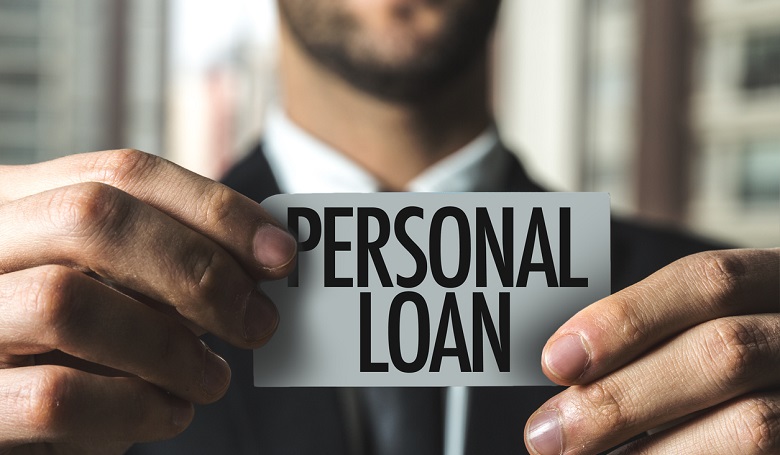New Study Shows Their Increasing Popularity
We often hear about skyrocketing student loan and credit card debt, but a different type of debt is growing at a faster rate than either of those. According to data from the credit bureau Experian, debt from personal loans rose by 11.4% in the second quarter of 2018 compared to the same quarter in 2017 – well above the 7.1% increase in student loans and 6.6% increase in credit card debt.
Personal loans are a form of installment loan. You receive a lump sum of money and agree to repay the loan with interest over a set period of time per the loan terms. Unlike mortgages and auto loans, personal loans are generally unsecured – meaning that there is no asset to repossess in case of default. As a result, interest rates on personal loans are typically higher than rates for mortgages or auto loans.
However, personal loan interest rates are generally lower than credit card rates, making them a good alternative for larger purchases that would cause you to carry a significant credit card balance. Personal loans are also popular for debt consolidation, where various high-interest debt streams can be consolidated into a single debt stream with a more manageable interest rate and payment terms.
Why are personal loans on the increase? One factor may be the improved economy. People may be feeling more confident in making larger purchases and feel that they can afford the extra expense.
Another possible reason is the rise of online lenders that have opened the market to new borrowers. By allowing smaller loans and creating a simpler, less intimidating lending experience, new financial technology (fintech) lenders like SoFi, Prosper, and LightStream tend to appeal to younger, more tech-savvy borrowers.
Is a personal loan right for you? That depends on why you need the money, as well as your overall financial situation.
Is your budget stable enough to handle the purchase you’re about to make or the project you want to start? Can your budget afford the extra monthly payments? Do you have other sources of funding that make more sense for that purchase or project? For example, if you have suitable equity in your home, a remodeling project might be better suited to a home equity loan or line of credit.
Financially, the lower interest rates make personal loans a good choice for purchases that you can’t pay off in cash. If you aren’t sure that you can make the monthly payments on a personal loan, you may be better off using a credit card instead. You’ll pay more in interest and your credit score may drop a bit because of your higher credit utilization, but you would do more long-term harm to your credit score by missing loan payments.
A poor credit score may keep you from qualifying for a personal loan – and if you do qualify, the interest rates may be higher than you can afford to pay. Know your credit score before you search for loan options. You can check your credit score and read your credit report for free within minutes by joining MoneyTips and using our Credit Manager tool. If your credit score needs work, consider putting off the purchase you intended to make with the loan until you can receive a better offer.
Read the terms and conditions of any personal loan offer carefully, and shop around for rates and terms that are the best fit for your budget. If you find a personal loan that’s right for you, feel free to join the growing group of Americans with personal loan debt. Just make sure you don’t join another group – Americans that are delinquent on their loan payments.
This article was provided by our partners at MoneyTips.com.
Read More
- Which Is Better? Personal Loan or 0% Credit Card
- Why Personal Loans Doesn’t Mean Your Finances Are Doomed
- 10 Tips to (actually) Managing your Loans and Consumer Debt
